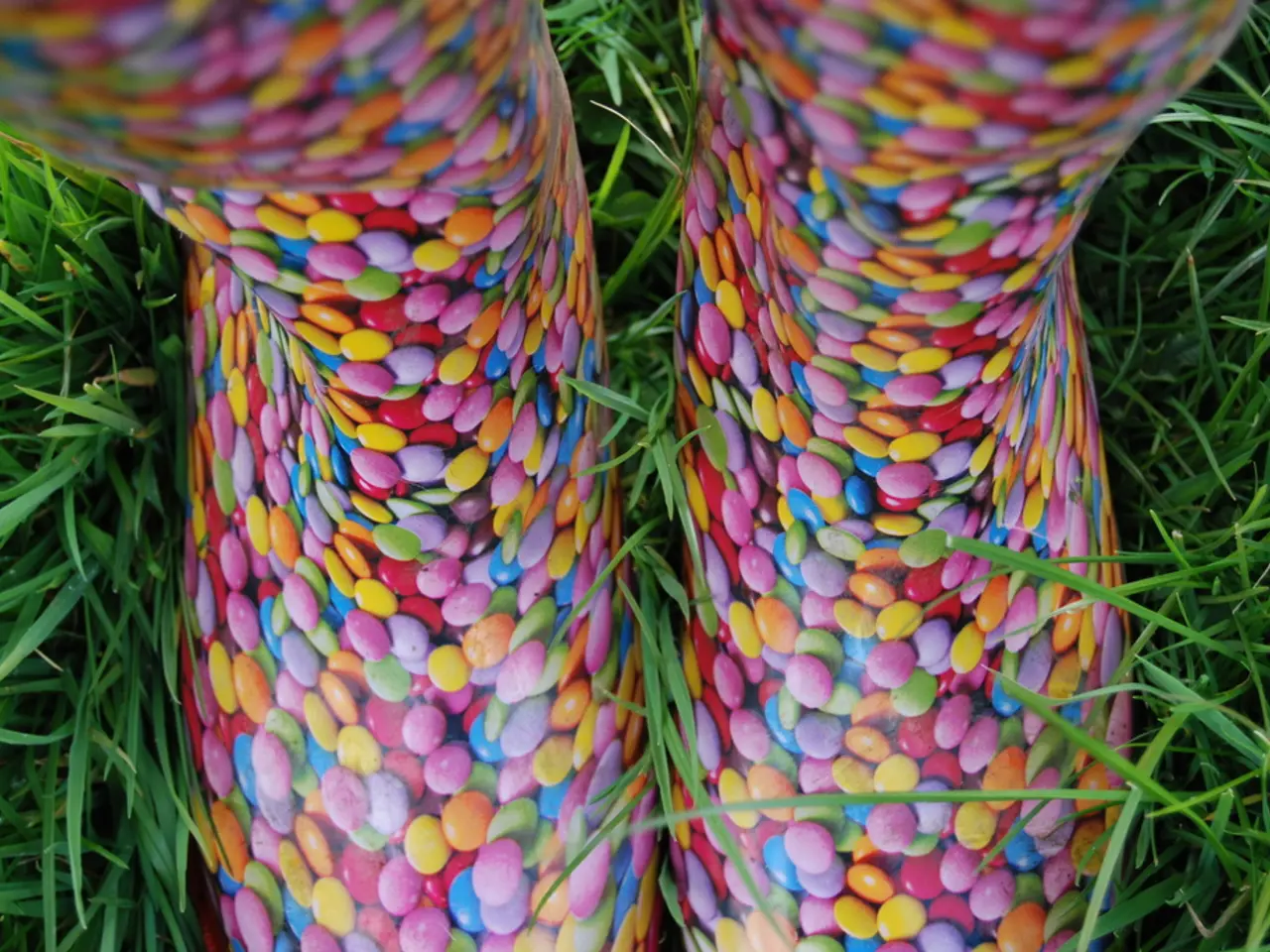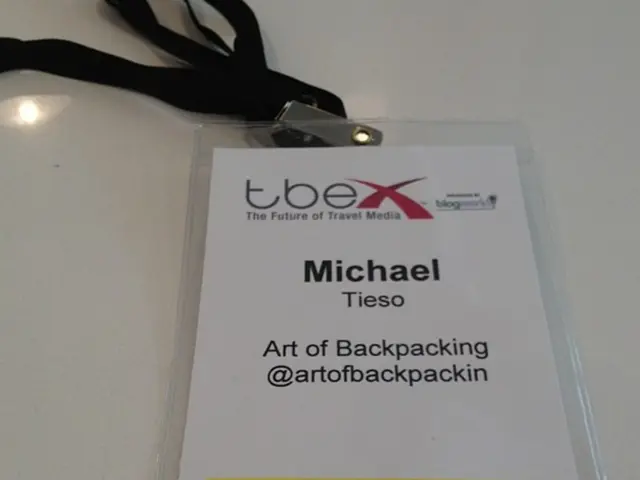Highlighting the Most Influential Diamonds Admired by Jewelry Experts
In the realm of gemstones, a select few have left an indelible mark on the world of gemmology, contributing significantly to our understanding of diamond characteristics, cutting techniques, and classification. These diamonds, known for their size, rarity, and historical importance, have set benchmarks and paved the way for advancements in the field.
One such diamond is the Cullinan, the largest rough diamond ever found, mined in South Africa in 1905 with an original weight of 3,106 carats. After being cut into 105 gems, the two largest being Cullinan I (530.20 carats), the largest clear cut diamond in the world, now part of the British Crown Jewels, and Cullinan II (317.40 carats), the diamond set a benchmark for studying diamond crystallography, structural integrity during cutting, and large-scale gem processing.
Another significant diamond is the Tiffany Yellow Diamond, discovered in 1877 in the Kimberly mines, South Africa, originally 287.42 carats rough. Unique in its cut, the diamond was transformed into a 128.54-carat cushion brilliant with 82 facets instead of the traditional 58. This groundbreaking cut enhanced fire and brilliance, contributing to knowledge about how facet number and arrangement influence optical performance in fancy-colored diamonds.
The Koh-i-Noor, one of the oldest and most famous diamonds, has a complex history through Persian, Mughal, and British royalty. Its extensive historical journey and changing cuts provide insight into evolving cutting technology and diamond symbolism.
The Wittelsbach-Graff Diamond, originally a 35.56-carat fancy deep grayish-blue diamond, underwent a recut to improve color (to deep blue) and clarity (to internally flawless). This demonstrates how recutting can improve gem quality without drastically diminishing size, advancing gemmological understanding of clarity-color interplay in rare blue diamonds.
The CTF Pink Star, the largest known vivid pink diamond, originally 132.5 carats rough, was cut to 59.60 carats by Steinmetz Group specialists. It represents the pinnacle of cutting expertise for colored diamonds and has guided research on clarity, color grading, and valuation of fancy pink diamonds.
Collectively, these diamonds are historically important not only due to their size and rarity but also because they have been studied extensively to advance diamond classification, cutting artistry, and the relationship between facets, color, and clarity in fancy-colored diamonds. They embody milestones in gemmological science, from understanding diamond crystal structures and flaws to innovating cutting techniques that maximize brilliance and market value.
The Dresden Green Diamond, with a documented history that predates color treatment, is crucial for gemmologists to examine to learn how to identify whether the green color of a diamond is natural. The Hope Diamond, a 45.52 carat Fancy Dark Grayish-Blue diamond, resides in the Smithsonian Institution. The Moussaieff Red Diamond, a 5.11 carat Fancy Red diamond, is the largest diamond ever to achieve the coveted Fancy Red color grade.
Pink and red diamonds, along with brown diamonds, may provide evidence of mantle convection currents in the Earth. The Deepdene Diamond, the world's largest treated diamond, has a documented history that includes ownership by the Bok family in 1900 and was subsequently treated by Dr. Frederick Pough in 1954 to intensify its color.
Research suggests that the presence of boron in diamonds, as seen in the Hope Diamond, is related to sea water on the surface of the Earth. Studies of the Hope Diamond and other boron-doped natural blue diamonds have also shed light on the origin of CLIPPIR diamonds (Cullinan-like, Large, Inclusion-Poor, Pure, Irregular and Resorbed), revealing they originate from much deeper in the Earth's mantle than previously believed.
While some diamonds, like the Hope Diamond, have been associated with a curse, many of these stories were invented to increase their appeal for sale. The Deepdene Diamond was sold at Christie's Geneva in 1997 for $715,320, but the sale in 1971 was rendered null and void due to non-disclosure of treatment. The Moussaieff Red Diamond is still owned by Moussaieff Jewellers Ltd., but is occasionally loaned for display.
These historical diamonds continue to captivate the world and inspire researchers, providing a wealth of knowledge about the Earth's history, gemmology, and the art of diamond cutting. The legacy of these diamonds will undoubtedly continue to shape the future of the gemstone industry.
- In the realm of gemstones, these diamonds have contributed significantly to our understanding of diamond characteristics, cutting techniques, and classification through extensive research, diploma-worthy studies, and numerous publications.
- The Cullinan Diamond, one of the largest rough diamonds ever found with an original weight of 3,106 carats, set benchmarks for studying diamond crystallography, structural integrity during cutting, and large-scale gem processing.
- The Tiffany Yellow Diamond, with its unique cut and 82 facets, contributes to knowledge about how facet number and arrangement influence optical performance in fancy-colored diamonds within the field of education and self-development.
- The Koh-i-Noor Diamond, with its complex history and changing cuts, provides insight into evolving cutting technology and diamond symbolism in the science, space-and-astronomy, and lifestyle spheres.
- The Wittelsbach-Graff Diamond, after undergoing a recut to improve color and clarity, has advanced gemmological understanding of clarity-color interplay in rare blue diamonds, specifically in the technology sector.
- The CTF Pink Star Diamond represents the pinnacle of cutting expertise for colored diamonds, guiding research on clarity, color grading, and valuation of fancy pink diamonds, thereby shaping the finance and entertainment industries.
- The Dresden Green Diamond, with a documented history that predates color treatment, is crucial for gemmologists to examine to learn how to identify natural colors in diamonds, thus contributing to the advancement of gemmology.
- Research on pink and red diamonds, along with brown diamonds, may provide evidence of mantle convection currents in the Earth, just as the study of the Hope Diamond and other boron-doped natural blue diamonds has shed light on the origin of CLIPPIR diamonds, significantly influencing the science community.




